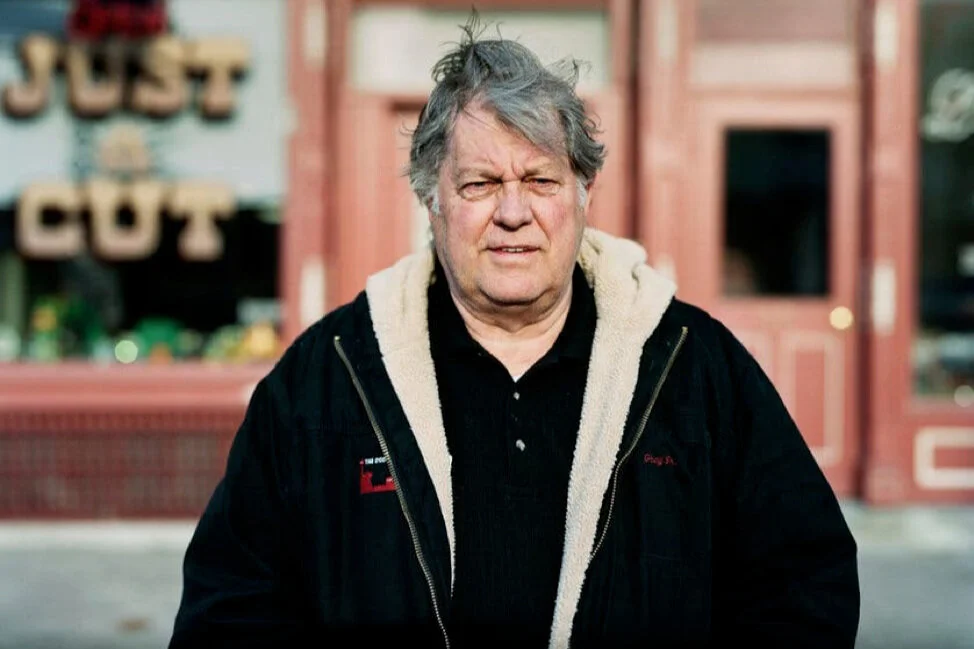A lot of suburban house models distort traditional architectural styles and patterns. Here’s a simple markup showing how they could be improved, without increasing building costs.
Read MoreA recent article from The Wall Street Journal claims that land must be positioned in a very specific way to support more development. What’s the Strong Towns take on this?
Read MoreBeth Silverman is working on a non-traditional—and very successful—approach to housing affordability.
Read MoreThe work of this small-scale developer shows why cities shouldn’t be so restrictive about building in their own vernacular.
Read MoreThese brothers are pushing for incremental infill development in Memphis, Tennessee, with a community they’re building just north of downtown.
Read MoreFor our real-estate markets to allow incremental development to be economically viable, there are some challenges we need to confront.
Read MoreWho is actually going to do the work of incremental development, and what will their motivations be?
Read MoreFor most small-scale developers, capital is a significant barrier to doing small infill projects. But that isn't because the money isn't there to be had.
Read MoreA cohort of small developers representing over 100 properties in poor, disinvested neighborhoods are, together, the largest developer in South Bend, IN. Can their success be replicated?
Read MoreWe need people who will build in the places where big, corporate developers won’t. But how do we get enough small-scale developers back to make a difference?
Read MoreA how-to guide from Strong Towns.
Read MoreIn a world of real estate investors seeking quick profits, we need more people like Greg O'Connell.
Read MoreBig, complicated zoning codes create an environment that gives developers no smaller-scale competition.
Read MoreConflating the one with the other keeps us from understanding the housing market in a coherent way. Here’s why.
Read More













